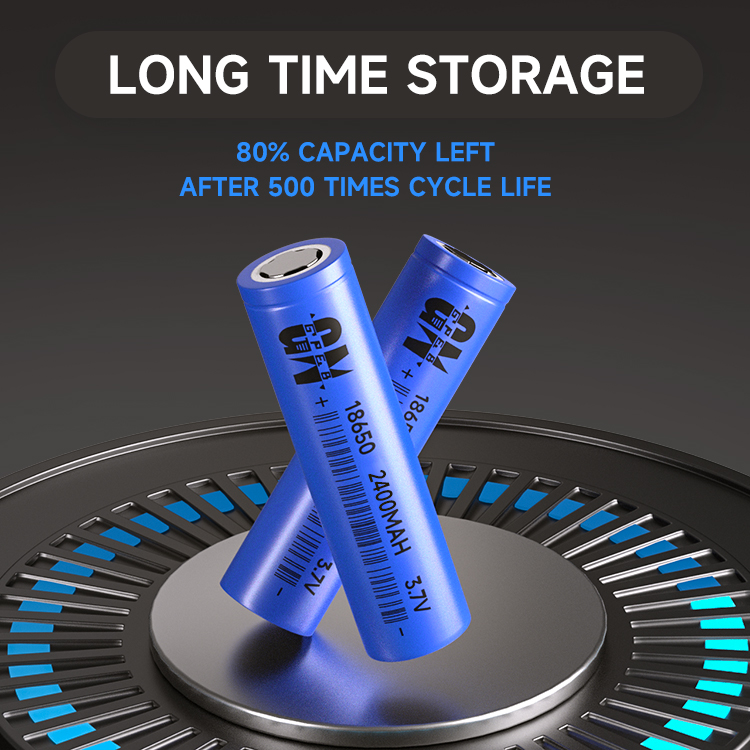
Lithium batteries must consider safety during charging and discharging to
prevent deterioration of characteristics. However, the high energy density of
lithium-ion batteries makes it difficult to ensure the safety of the battery. In
an overcharged state, the energy will be excess after the battery temperature
rises, so the electrolyte decomposes to produce gas, which can easily increase
the internal pressure and cause the risk of spontaneous combustion or rupture.
On the contrary, in an over-discharge state, the electrolyte decomposes,
resulting in deterioration of battery characteristics and durability, and
reducing the number of rechargeable batteries. Therefore, overcharge,
over-discharge, over-current and short-circuit protection of lithium batteries
are very important, so protection circuits are usually designed in the battery
pack to protect lithium batteries. 1 Circuit Design 1.1 Circuit Overview The
lithium-ion battery protection circuit includes overcharge protection,
overcurrent/short circuit protection and overdischarge protection. This circuit
is to ensure safety in such overcharge and discharge states and prevent
characteristic degradation. It is mainly composed of integrated protection
circuit IC, chip resistor, chip capacitor, field effect transistor (MOSFET), and
some thermistor (NTC), identification resistor (ID), fuse (FUSE), etc. The
circuit diagram is shown in Figure 1. Among them, the integrated protection
circuit IC is used to detect the current voltage, current, time and other
parameters of the protection circuit to control the switching state of the field
effect transistor; the field effect transistor (MOSFET) controls whether the
circuit needs to be turned on or off based on the protection IC. ; The chip
resistor is used to limit the current; the chip capacitor is used to filter and
adjust the delay time; the thermistor is used to detect the ambient temperature
in the battery block; the fuse prevents excessive current flowing through the
battery and cuts off the current loop. 1.2 Circuit principle and parameter
determination 1.2.1 Overcharge protection When the charger overcharges the
lithium battery, the internal pressure of the lithium battery will rise due to
the temperature rise, and the current charging state needs to be terminated. At
this time, the integrated protection circuit IC needs to detect the battery
voltage. When it reaches 4.25V (assuming the critical point of battery
overcharge voltage is 4.25V), the overcharge protection is activated and the
power MOS is turned from on to off, thereby stopping charging. In addition, in
order to prevent overcharging caused by noise from being misjudged as overcharge
protection, a delay time needs to be set, and the delay time cannot be shorter
than the duration of the noise to avoid misjudgement. The calculation formula of
overcharge protection delay time tvdet1 is: tvdet1={C3×(Vdd-0.7)}/(0.48×10-6)
(1) where: Vdd is the overcharge detection voltage value of protection N1.
Simple calculation of delay time: t=C3/0.01×77(ms) (2) If the capacitance value
of C3 is 0.22F, the delay value is: 0.22/0.01×77=1694(ms) 1.2.2 Over-discharge
protection is In the case of excessive discharge, the electrolyte decomposes,
causing battery characteristics to deteriorate and reducing the number of
charges. Over-discharge protection IC principle: In order to prevent the
over-discharge state of the lithium battery, assuming that the lithium battery
is connected to a load, when the lithium battery voltage is lower than its
over-discharge voltage detection point (assumed to be 2.3V), the over-discharge
protection will be activated, causing the power MOSFET to It switches from on to
cut off to cut off discharge to avoid over-discharge of the battery and keep the
battery in a low quiescent current standby mode. The current at this time is
only 0.1μA. When the lithium battery is connected to the charger and the voltage
of the lithium battery is higher than the over-discharge voltage, the
over-discharge protection function can be released. In addition, considering the
situation of pulse discharge, the over-discharge detection circuit is equipped
with a delay time to avoid malfunction. 1.2.3 Overcurrent and short-circuit
current protection Overcurrent or short-circuit occurs due to unknown reasons
(during discharge or the positive and negative poles are accidentally touched by
metal objects). To ensure safety, the discharge must be stopped immediately. The
principle of overcurrent protection IC is that when the discharge current is too
large or a short circuit occurs, the protection IC will activate overcurrent
(short circuit) protection. At this time, the detection of overcurrent is to
monitor the Rds(on) of the power MOSFET as an inductive impedance. If the
voltage drops, if it is higher than the set overcurrent detection voltage, the
discharge will stop. The calculation formula is: V_=I×Rds(on)×2 (V_ is the
overcurrent detection voltage, I is the discharge current) (3 ) Assuming
V_=0.2V, Rds(on)=25mΩ, then the protection current is I=4A. Similarly,
overcurrent detection must also have a delay time to prevent malfunction when a
sudden current flows in. Usually after an overcurrent occurs, if the overcurrent
factor can be removed (for example, immediately disconnected from the load), it
will return to its normal state and normal charging and discharging operations
can be resumed. 2 Conclusion When designing a protection circuit, users are very
concerned about charging the battery to a full state. At the same time, safety
issues are taken into consideration, so the charging state needs to be cut off
when the allowable voltage is reached. To meet these two conditions at the same
time, a high-precision detector is necessary. The current precision of the
detector is 25mV. In addition, issues such as integrated protection circuit IC
power consumption and high voltage resistance must also be taken into
consideration. In addition, in order to effectively apply the Rds(on) of the
power MOSFET during charging current and discharging current, the impedance
value needs to be kept as low as possible. Currently, the impedance is about
20~30mΩ, so that the overcurrent detection voltage can be lower.
Read recommendations:
Lithium-ion battery GN-300
What is the difference between lithium ion battery and lithium battery?18650 rechargeable battery li
CR2450 battery
photovoltaic energy storage battery manufacture
102450 lipo battery












































 360° FACTORY VR TOUR
360° FACTORY VR TOUR
 Whatsapp
Whatsapp
 Tel
Tel Email
Email TOP
TOP